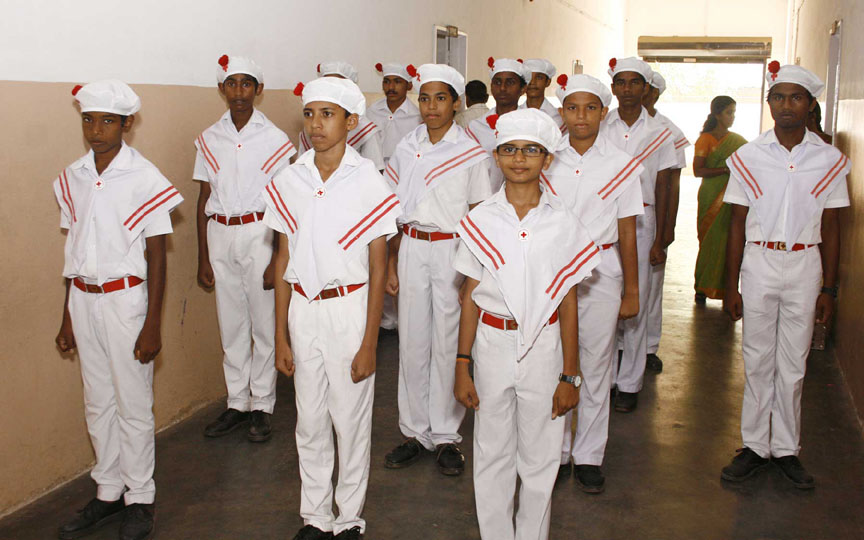|
St. Albert

St. Albert the Great or also known as Albert of Cologne, Albert of Lauingen or Doctor Universalis (Latin for “Universal Doctor”)
Albertus Magnus was a philosopher, a bishop, a prolific writer, and one of the most influential scientists of the Middle Ages.
He was born as the eldest son of the Count of Bollstädt, at Lauingen, Swabia, in the year 1205 or 1206, though many historians give it as 1193.
As a youth he was sent to pursue his studies at the University of Padua. In the year 1223 he joined the Order of St. Dominic. By 1245 Albertus was lecturing on the Bible at the Dominican convent of St. Jacques at the University of Paris.
After completing his studies he taught theology at Hildesheim, Freiburg (Breisgau), Ratisbon, Strasburg, and Cologne. In 1245, he was ordered to repair to Paris. There he received the Doctor's degree in the university which, above all others, was celebrated as a school of theology.
It was during this period of reaching at Cologne and Paris that he counted amongst his hearers St. Thomas Aquinas, then a silent, thoughtful youth, whose genius he recognized and whose future greatness he foretold. The disciple accompanied his master to Paris in 1245, and returned with him, in 1248, to the new Studium Generale of Cologne, in which Albert was appointed Regent, whilst Thomas became second professor and Master of Students.
In the late 1250's Father Albert was appointed the pope's personal theologian and canonist. In 1254 Albert was elected Provincial of his Order in Germany. In the year 1260 he was appointed Bishop of Ratisbon. Albert governed the diocese until 1262, when he resigned to resume the duties of a professor in the Studium at Cologne.
St. Albert may be referred to as the "Father of the Natural Sciences". It was his contemporaries who dubbed him "The Great", referring to the scope and depth of his learning. As a great natural scientist, he stands beside Friar Roger Bacon, who referred to some of Albert's works as "original sources". Albert was in his own lifetime and for centuries that followed an authority on physics, geography, astronomy, mineralogy, chemistry, and biology.
Some time after 1278 he suffered a lapse of memory; his strong mind gradually became clouded; his body, weakened by vigils, austerities, and manifold labours, sank under the weight of years. At the age of seventy three he died among his religious brothers in Cologne on November 15, 1280. He was beatified by Pope Gregory XV in 1622. On December 16, 1941, near the beginning of the nuclear age, Pope Pius XII proclaimed St. Albert the Great to be the Patron of all Students and Researchers of the Natural Sciences.
|

























